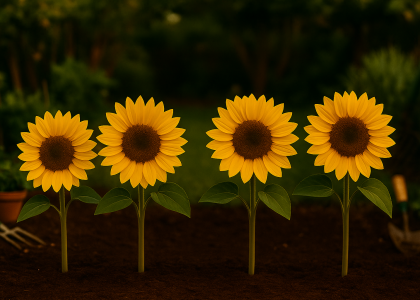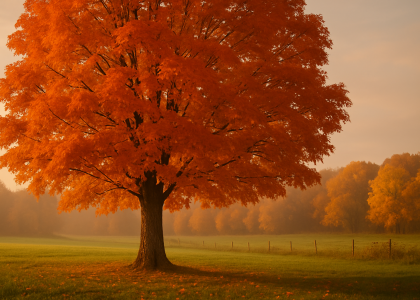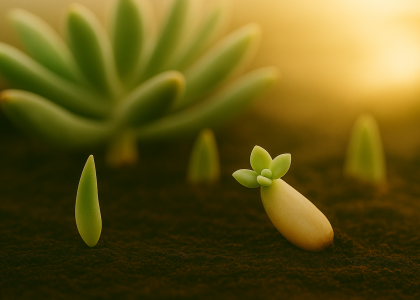How to Grow Aloe Indoors + Tips for Use, Styling, and Everyday Benefits
Aloe Vera isn’t just a plant—it’s a home remedy, an interior statement, and one of the most practical green companions you can grow. Known for its soothing gel and striking architectural form, Aloe is equally suited to sunny windowsills, boho kitchens, and minimalist bedrooms.
Whether you’re nurturing one for skincare or simply adding character to your shelf, this guide reveals everything you need to know.
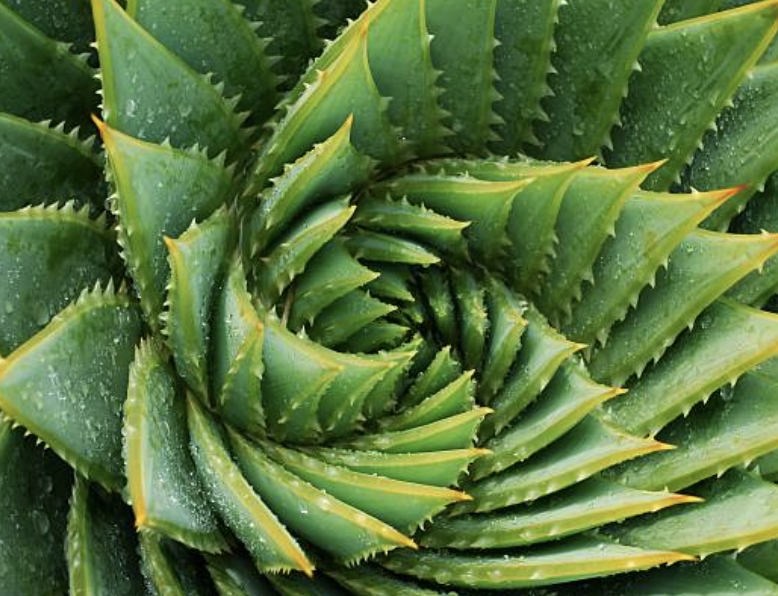
What is Aloe Vera?
Botanical Identity:
- Scientific name: Aloe vera
- Family: Asphodelaceae
- Origin: North Africa and Arabian Peninsula
- Common Nickname: “First Aid Plant,” “Miracle Plant”
Aloe Vera is a rosette-forming succulent with spiky, green-grey leaves filled with gel. Used in skincare for centuries, it’s also known for its drought resistance and low maintenance.
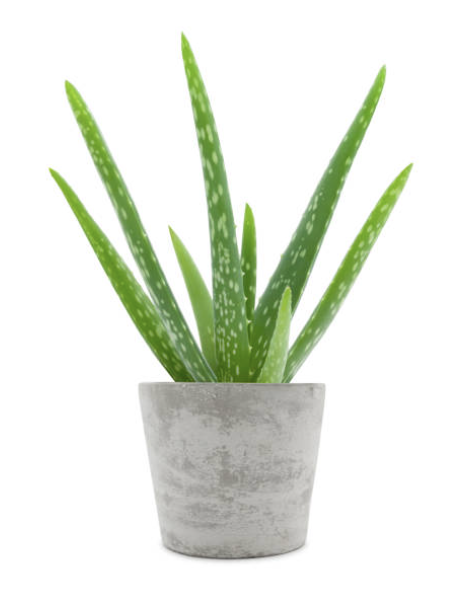
Why Aloe Vera Is a Must-Have Houseplant
Target Keywords: aloe vera care, indoor medicinal plant, aloe skincare plant
✔ Multi-functional: Used for burns, hydration, and haircare
✔ Striking Look: Sharp-edged rosettes add visual interest
✔ Beginner-Friendly: Tolerates neglect, forgetful watering
✔ Low Footprint: Grows well in containers and doesn’t demand space
It’s not just a plant—it’s a lifestyle upgrade.

How to Grow Aloe Vera Indoors
| Care Element | Recommendation |
| Light | Bright, direct sunlight for 6+ hours/day. West or south-facing windows ideal. |
| Watering | Every 2–3 weeks. Let soil dry completely before watering. |
| Soil | Fast-draining cactus mix or sandy soil with perlite. |
| Humidity | Low to moderate. High humidity can cause rot. |
| Temperature | Prefers 60–85°F (15–29°C). Avoid temperatures below 50°F. |
Common Mistake: Overwatering. Aloe stores water in its leaves—let it dry out before rewatering.
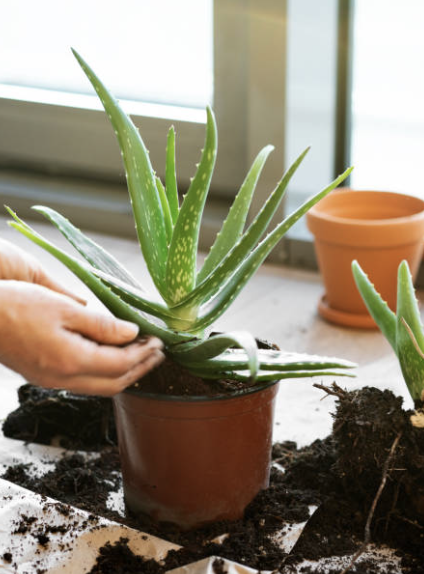
Popular Aloe Varieties
| Variety | Leaf Color | Size | Best Use |
| Aloe vera (Barbadensis) | Pale green | Medium | Skincare, gel use |
| Aloe aristata | Dark green w/ white spots | Compact | Decorative, desk plant |
| Aloe humilis | Blue-green w/ spines | Small | Terrariums, windowsills |
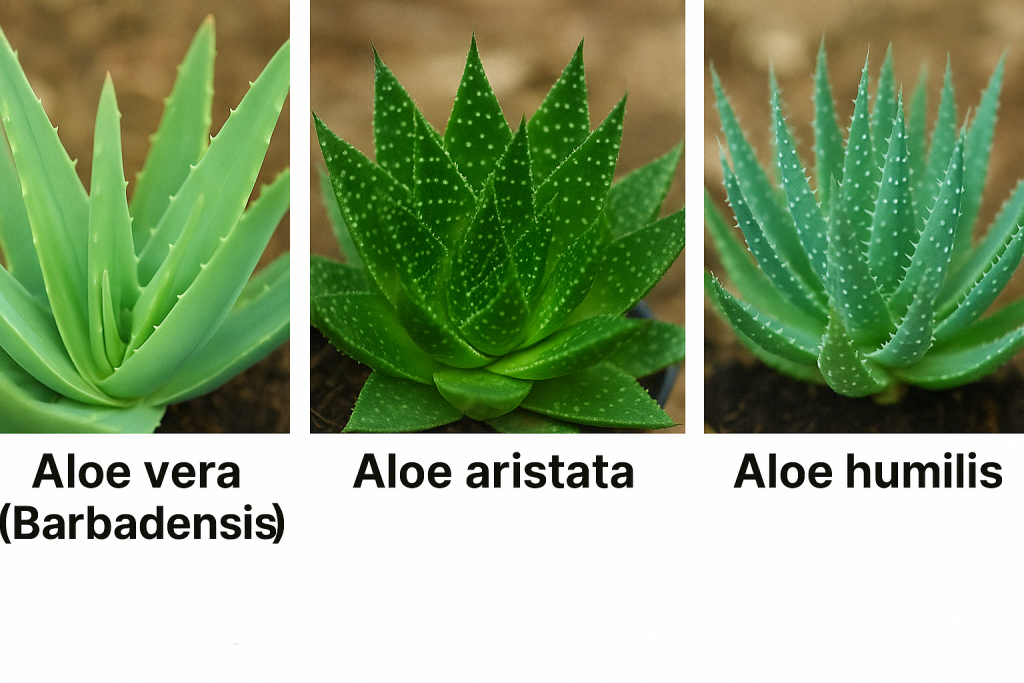
Aloe Vera vs. Jade Plant: What’s the Difference?
| Feature | Aloe Vera | Jade Plant |
| Structure | Rosette-form | Shrubby, branching |
| Water Storage | In leaf gel | In stems and leaves |
| Use | Skincare, medicinal | Symbolic, aesthetic |
| Pet Safety | Toxic if ingested | Toxic if ingested |
| Light Need | Bright, direct sunlight | Bright, indirect light |
Aloe Vera FAQs
Q1: Can I harvest gel directly from Aloe leaves?
A: Yes! Use a mature leaf and cut near the base. Let yellow sap drain before using.
Q2: Why are my Aloe leaves drooping?
A: Often due to overwatering, insufficient sunlight, or overly rich soil.
Q3: Can Aloe grow outside?
A: Yes, in USDA Zones 9–11. Elsewhere, bring indoors during frost.
Q4: How do I propagate Aloe?
A: Use offsets ("pups") that appear at the base. Replant once roots form.
Q5: How long does it take to grow a usable Aloe leaf?
A: Typically 3–4 months after maturity. Patience is key.
Styling Ideas for Aloe Vera
- Boho Chic: Pair with macrame holders, wood accents, and ceramic planters
- Kitchen Shelf: Place near light to double as décor and skin remedy access
- Spa Corner: Group with lavender or eucalyptus for a healing vibe
Bonus Tip: Rotate monthly for even leaf growth and symmetry.
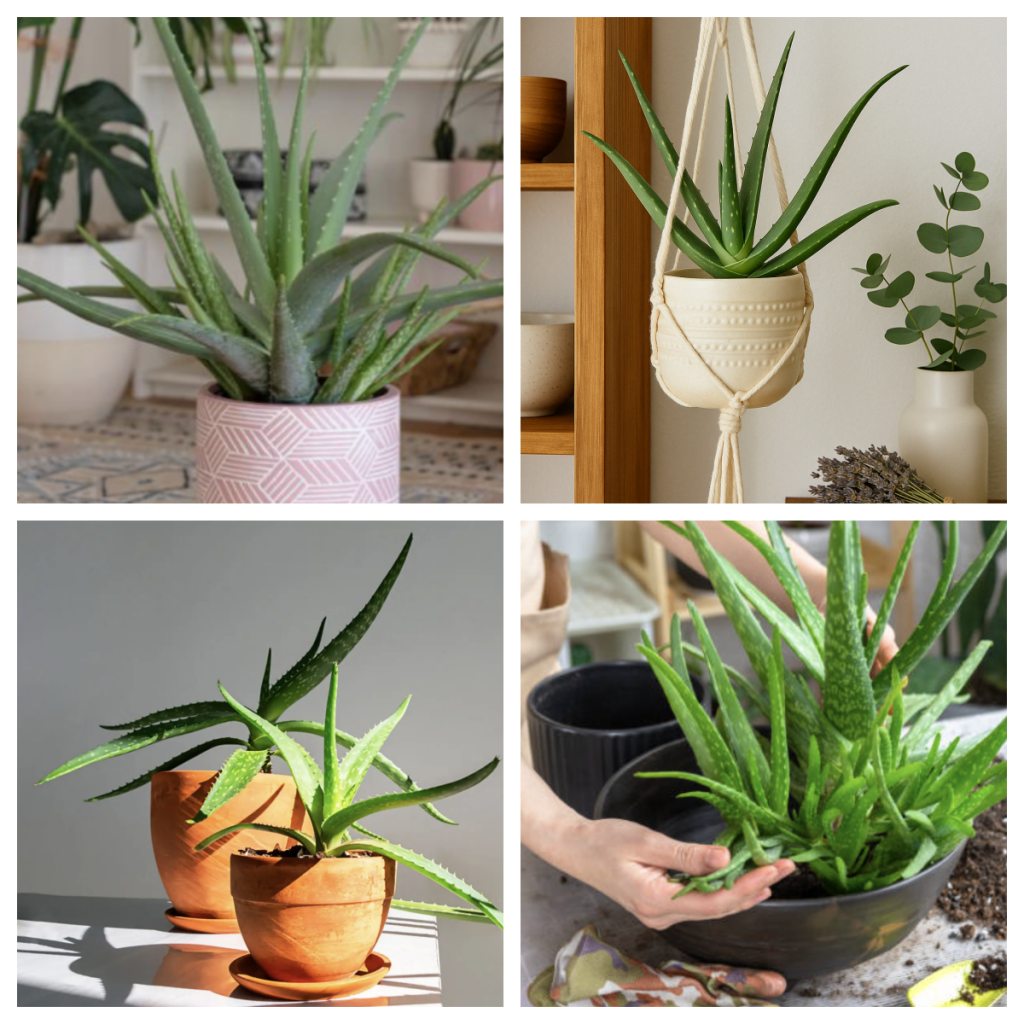
Final Thought: Nature’s Medicine in a Pot
Aloe Vera is timeless. Its presence brings beauty, functionality, and wellness into your home. As a plant, it gives more than it asks for.
Keep one nearby—not just for healing—but for daily joy.
Related Reads You May Enjoy
- Best Uses for Aloe Gel at Home
- Top 5 Medicinal Succulents for Skincare
- Creative Pots for Aloe Display
Want More Like This?
📥 Click here to Download our free Aloe Vera Use & Styling Guide
📌 Pin this to your Healing Plants for Home board
📸 Share your Aloe nook using #AloeAtHome on Instagram
Refined SEO Tags for Jade Plant Blog
#AloeVeraCare#MedicinalSucculents#NaturalSkincarePlants#HealingHouseplants#AloePropagationTips#EasyCareSucculents



